Why are the images of Ancient Egypt so primitive
Categories: Culture | Design and Architecture | History
By Pictolic https://pictolic.com/article/why-are-the-images-of-ancient-egypt-so-primitive.htmlThe images left by the ancient Egyptians are well known to everyone from school history lessons. At the same time, many are surprised by the fact that the people who created the pyramids and majestic temples painted so primitively. People and animals in ancient Egypt were depicted in profile, while artists from the banks of the Nile completely denied such things as perspective and scale. What is the secret of these drawings?
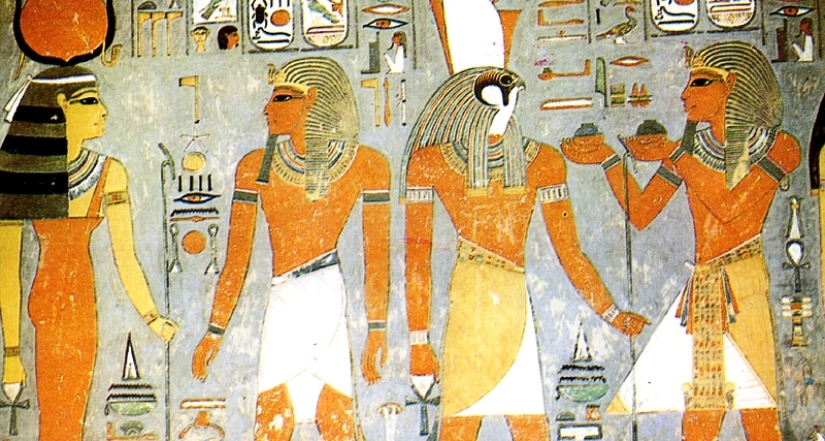
Unfortunately, we will most likely never know what principles guided the Egyptian masters in carrying out their work. But scientists have a number of assumptions why in ancient Egypt they painted this way and not otherwise. Frescoes and images on papyrus are an echo of rock paintings made by people long before the advent of civilization.
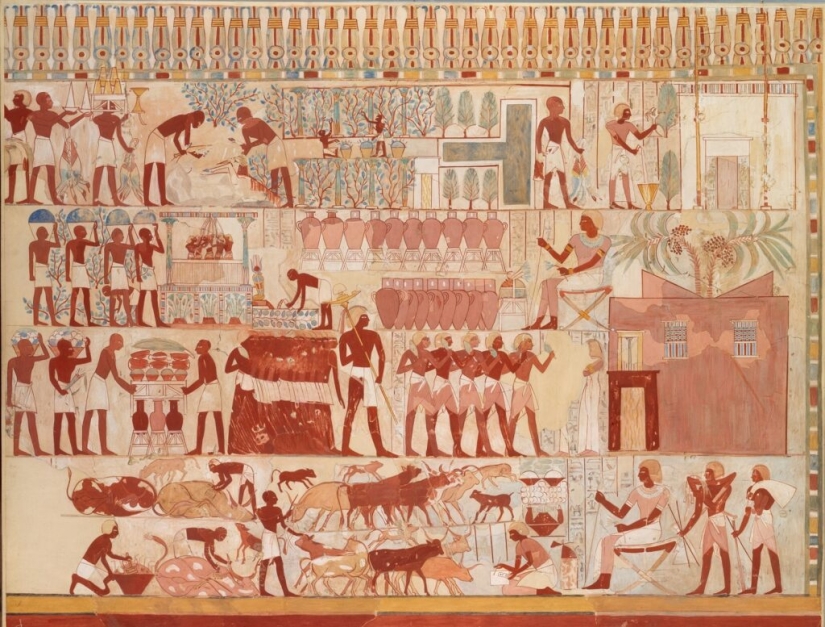
If we draw analogies with modern art, then we can say that such drawings are comics. Their task is not to display objects and people as realistically as possible, but to tell a story. Most Egyptian images tell about the life, struggle and death of gods and rulers. This is "pictorial writing" in which perspective and scale are not important.
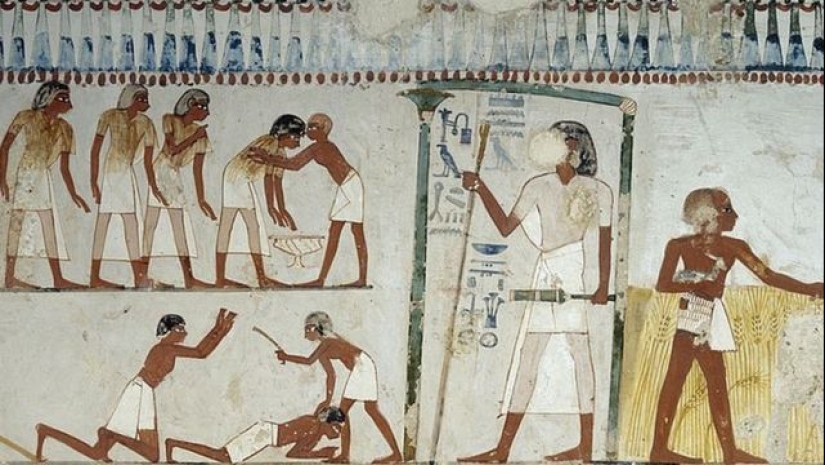
It is easy to see that the size of human figures and their location directly depended on the status. Gods and similar pharaohs were depicted as large and placed higher. Priests and nobles were smaller, and the smallest figures were peasants, warriors and slaves. Often artists did not bother to work out the faces of insignificant personalities, because they were only extras in frescoes and illustrations.

There is also a religious version. It is well known that the ancient Egyptians believed that images have a soul. It is likely that the priests forbade depicting too realistic people and creatures. And how will they come to life and descend from the walls of temples and tombs into the world of people? For the same reason, tomb robbers beat off the noses of statues of gods and rulers.
The images of ancient Egyptian artists are simple and understandable to their contemporaries and even to us. Why improve if the goal is achieved in the simplest way? The masters had no incentive to change anything, and they stuck to their style for millennia. There is also an assumption that there were certain canons of art that were forbidden to violate. Approximately the same rules have existed for hundreds of years in Christian iconography.
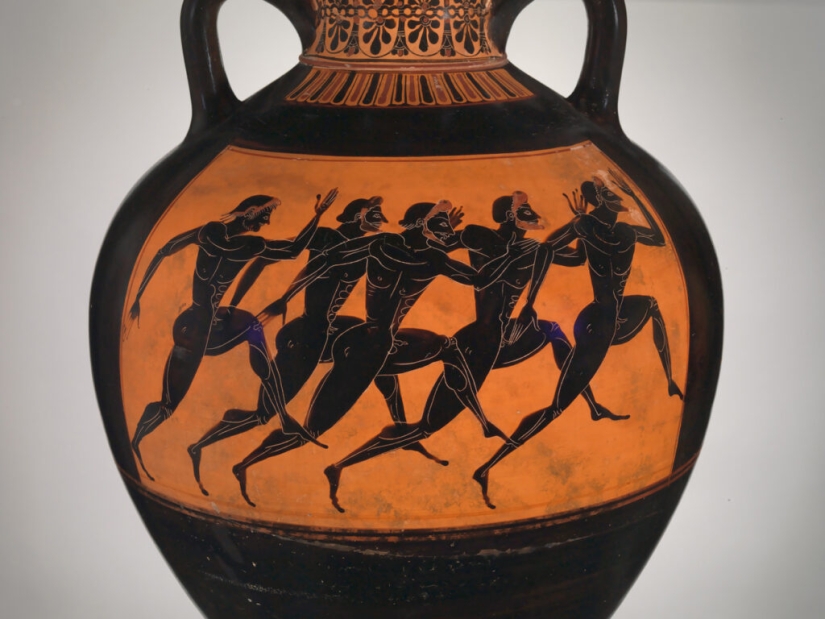
It is worth saying that not only the ancient Egyptians drew comics. Many other nations also have profile pictures. This is how the ancient Sumerians and even the ancient Greeks painted. Why not, because it's easier and much faster. However, the Greek images on the vases and walls are made with more skill than the Egyptian ones. The artists of Hellas paid more attention to the proportions of bodies and in some places already turned to perspective.
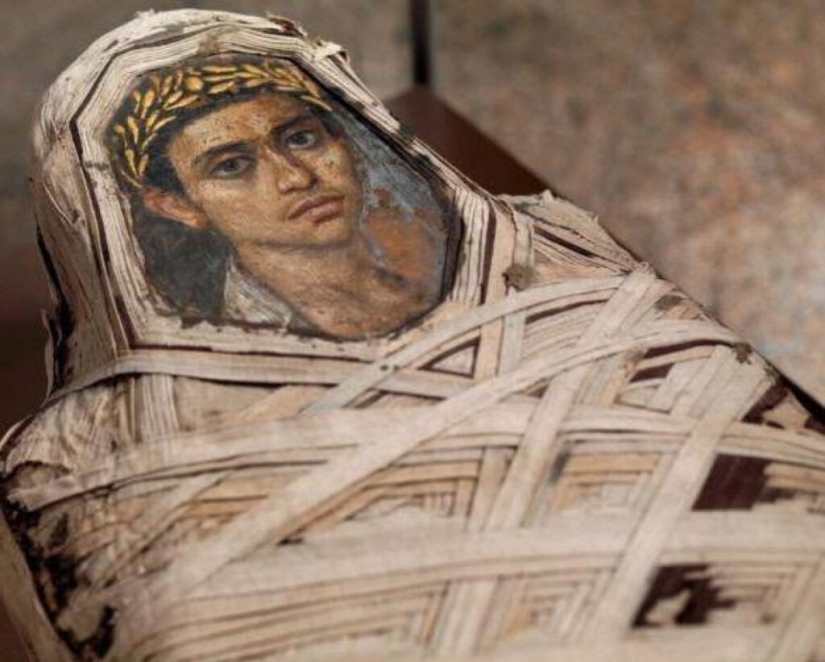
In the era of Roman Egypt, the style of artists has changed a lot. The objects in their works became more realistic, the scale and perspective were observed. Many frescoes are so good that they may well compete in expressiveness with the works of Renaissance masters. It is hard to believe that the famous Fayum portraits were made by the same Egyptians who painted flat, almost schematic people.
Recent articles

As a child, his mother called Sean Vincent Gillis "a baby with an angelic face" and did not even suspect that her child would turn ...

If you are against killing animals, but are not ready to give up meat and are not too squeamish, then a new food trend gaining ...

Our body is a real time machine, in which relics of the past are hidden. The appendix, goose bumps, and even wisdom teeth - these ...